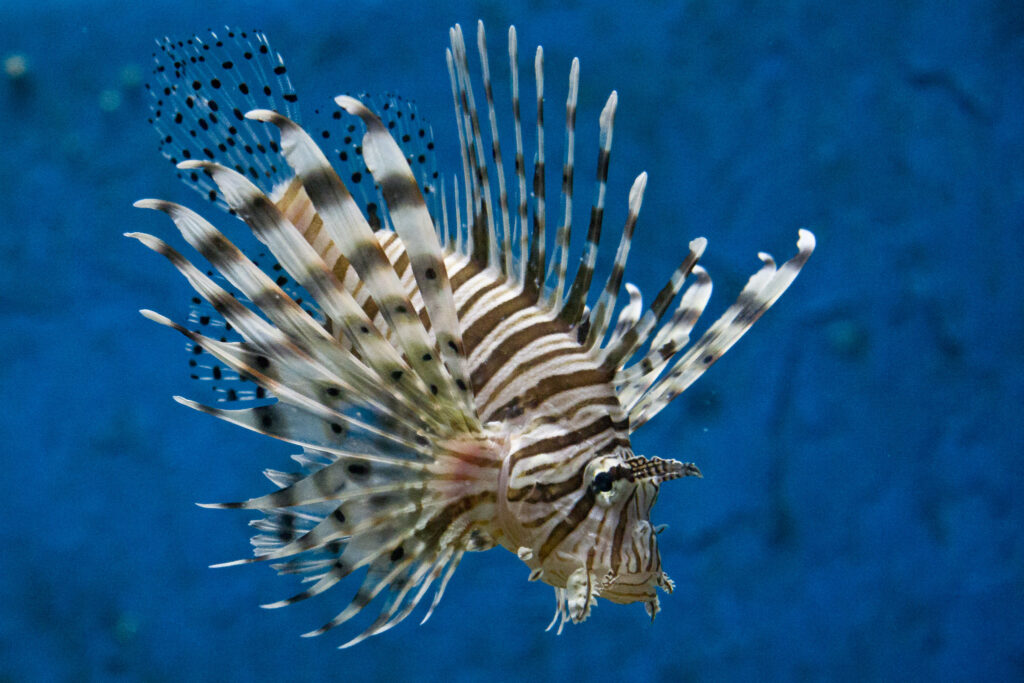New in January 2015 from the ISC
In January 2015 the following datasheets were published on CABI’s Invasive Species Compendium (ISC). You can explore the open-access ISC here: www.cabi.org/isc. Clerodendrum thomsoniae (bleeding glory bower) – native to West Africa, this vine has been widely cultivated in tropics and subtropics worldwide, and is naturalised in many places, including the USA, Australia and the Galapagos Islands.…
New in November 2014 from the ISC
In November 2014 the following datasheets were published on CABI’s Invasive Species Compendium (ISC). You can explore the open-access ISC here: www.cabi.org/isc Clerodendrum indicum (Turk’s turban) – this small shrub, native to temperate and tropical Asia, has been deliberately introduced principally to the Americas as an ornamental. Having long since escaped from cultivation, it is now established…
New in October 2014 from the ISC
In October 2014 the following datasheets were published on CABI’s Invasive Species Compendium (ISC). You can explore the open-access ISC here: www.cabi.org/isc Silybum marianum (variegated thistle) – this large, aggressive thistle was already recognised as a serious invasive way back in the 1800s. Native to the Mediterranean and parts of Asia and Russia, S. marianum is now…
New in August 2014 from the ISC
In August 2014 the following datasheets were published on CABI’s Invasive Species Compendium (ISC). You can explore the open-access ISC here: www.cabi.org/isc Lepus europaeus (European hare) – the European hare has been widely introduced by humans from its original range in continental Europe and has successfully established populations in South Sweden, North and South America, Australia, New…
Workshop held on future of Invasive Species Compendium
Members of the Invasive Species Consortium from the US, Mexico, Caribbean and South Pacific met in Washington DC on 4 August and unanimously agreed to keep the Invasive Species Compendium (ISC) an open access resource for a further five years. The ISC has been resourced by a diverse international consortium of government departments, development aid…
New in July 2014 from the ISC
In July 2014 the following datasheets were published on CABI’s Invasive Species Compendium (ISC). You can explore the open-access ISC here: www.cabi.org/isc Senna multijuga (November shower) is a shrub or tree native to South America that has been introduced to tropical regions around the world. It is tolerant of a variety of soil types and its seeds are…
New in May 2014 from the ISC
In May 2014 the following datasheets were published on CABI’s Invasive Species Compendium (ISC). You can explore the open-access ISC here: www.cabi.org/isc Tithonia diversifolia (Mexican sunflower) has been introduced to tropical parts of Asia and Africa and some Pacific islands from its native Mexico, Central America and Cuba. The combined might of rapid vegetative reproduction, hundreds of…
New in June 2014 from the ISC
In June 2014 the following datasheets were published on CABI’s Invasive Species Compendium (ISC). You can explore the open-access ISC here: www.cabi.org/isc Solanum seaforthianum (Brazilian nightshade) is a very aggressive woody vine able to invade natural forests, natural grasslands, forest margins, urban bushland, riverbanks, crops, pastures, roadsides, disturbed sites and waste areas. Once established, it is able to…
New in April 2014 from the ISC
In April 2014 the following datasheets were published on CABI’s Invasive Species Compendium (ISC). You can explore the open-access ISC here: www.cabi.org/isc Thunbergia alata (black eyed Susan) – Australia, Brazil, Central America and many Pacific islands are all threatened by this aggressive herbaceous vine. Once introduced into a suitable climate, often as an ornamental, it quickly establishes…


